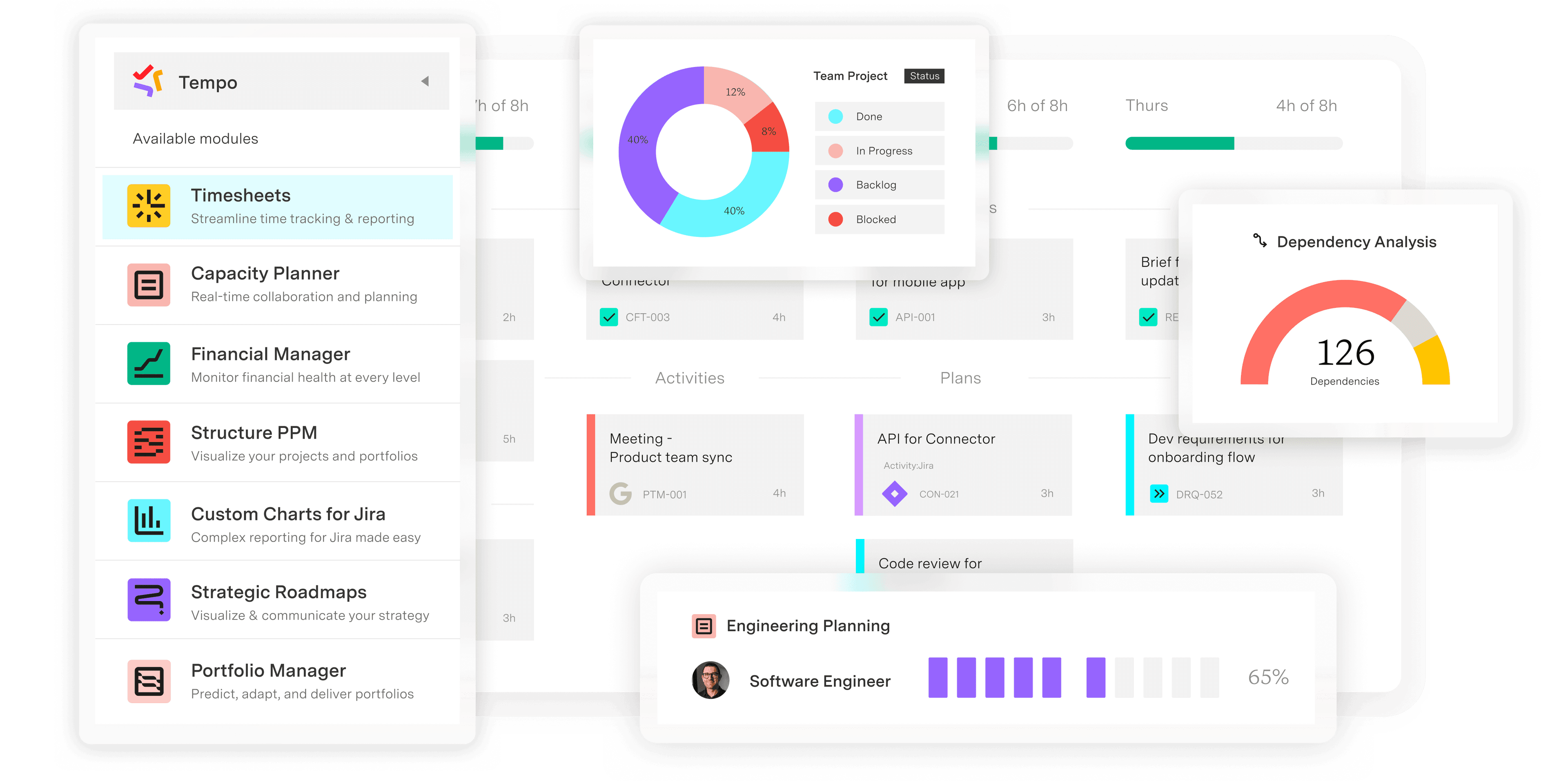Only adaptive strategic portfolio management can handle the new pace of change
Tempo Team
When market conditions are this bumpy, the worst place to be sitting is the back seat. Yet many PMOs and planning leaders are stuck with siloed information, traditional planning cycles, and data they’re not sure is reliable.
Taking a more nimble approach to planning is the key to getting back in the driver’s seat. That’s one reason agile frameworks are on the rise across enterprise teams – 58% of business and technology professionals are prioritizing agile adoption, according to Forrester’s The State of Agile Development 2025, and 95% of professionals consider agile to be critical to operations.

Scaling agile in a volatile market only amplifies every issue:
Teams scattered across tools, each with their own view of progress and priorities
Project managers scrambling to forecast without accurate resource data
Finance struggling to connect time tracking and costs to project outcomes
Leaders unable to see which initiatives support overarching strategies
These inefficiencies lead to budget overruns, missed opportunities, and frustrated stakeholders.
An adaptive alternative
Strategic portfolio management (SPM) has become the go-to approach for aligning high-level goals with work being done in the trenches. However, SPM adoption still has a long way to go.
As recently as 2024, only 29% of enterprises said their portfolio management processes are “adopted and integrated across the business,” according to Forrester’s Maximize Your Portfolio Management Processes report.
At Tempo, we’ve been building a more fluid, nimble approach that we call adaptive SPM. Adaptive strategic portfolio management is about accepting that we can’t know what future we’re planning for.
Instead, we have to create visibility, feedback loops, and flexibility that allow leaders to pivot when conditions are right.
Adaptability brings advantages. Get AI-enabled techniques for successful planning.
Access the guideAdaptive strategic portfolio management requires:
Visibility across the entire portfolio – so teams and executives see the same reality
Continuous alignment to strategy – ensuring resources flow to the initiatives that matter most
Agility in execution – the ability to reallocate, reschedule, and rebalance in real time
Getting to that level is a worthy challenge. It requires an integrated system that adapts to ways of working, ties strategy to execution, and scales for different teams at different speeds.
Once you get there – and the adaptive SPM platform has been fully integrated – you’ll be able to understand the enterprise at a glance:
Visualize initiatives across projects and teams
Forecast and balance workloads
Adjust plans dynamically
Track time, cost, and budgets in the same place
Connect hours spent to financial performance
Gain real-time insights with no-code dashboards
Push Jira data into Power BI, Tableau, or BigQuery for enterprise analytics.
"Our modular, adaptive SPM platform meets customers where they are, enabling them to adopt at their own pace and see value in days or weeks, not quarters or years." - Vic Chynoweth, CEO at Tempo Software
Welcome to the era of adaptive SPM
Predictability is a thing of the past. Planning may happen in December and January, but adaptation can happen any time. Today, the leaders who thrive are those who can pivot early, supported by data and enabled by systems built for agility.
Adaptive SPM transforms planning from a rigid annual exercise into a living process – one that evolves as fast as the world does. The next decade will bring more technological disruption, more economic swings, and more complexity.
"Tempo's unique approach to Adaptive Strategic Portfolio Management gives you custom, unified portfolio dashboards for enterprise-wide visibility and control. With the Strategy Collection, you have everything you need to understand effort vs plans, make AI-informed decisions, and adapt fast when priorities shift." - Phil Le Marchand, Strategic Partnerships Program Lead at Adaptavist
Only adaptive strategic portfolio management can deliver. Take the next step by trying the Tempo Strategy Collection.
Plan, govern, and measure strategic initiatives from the boardroom to delivery teams.
See the Strategy Collection













































